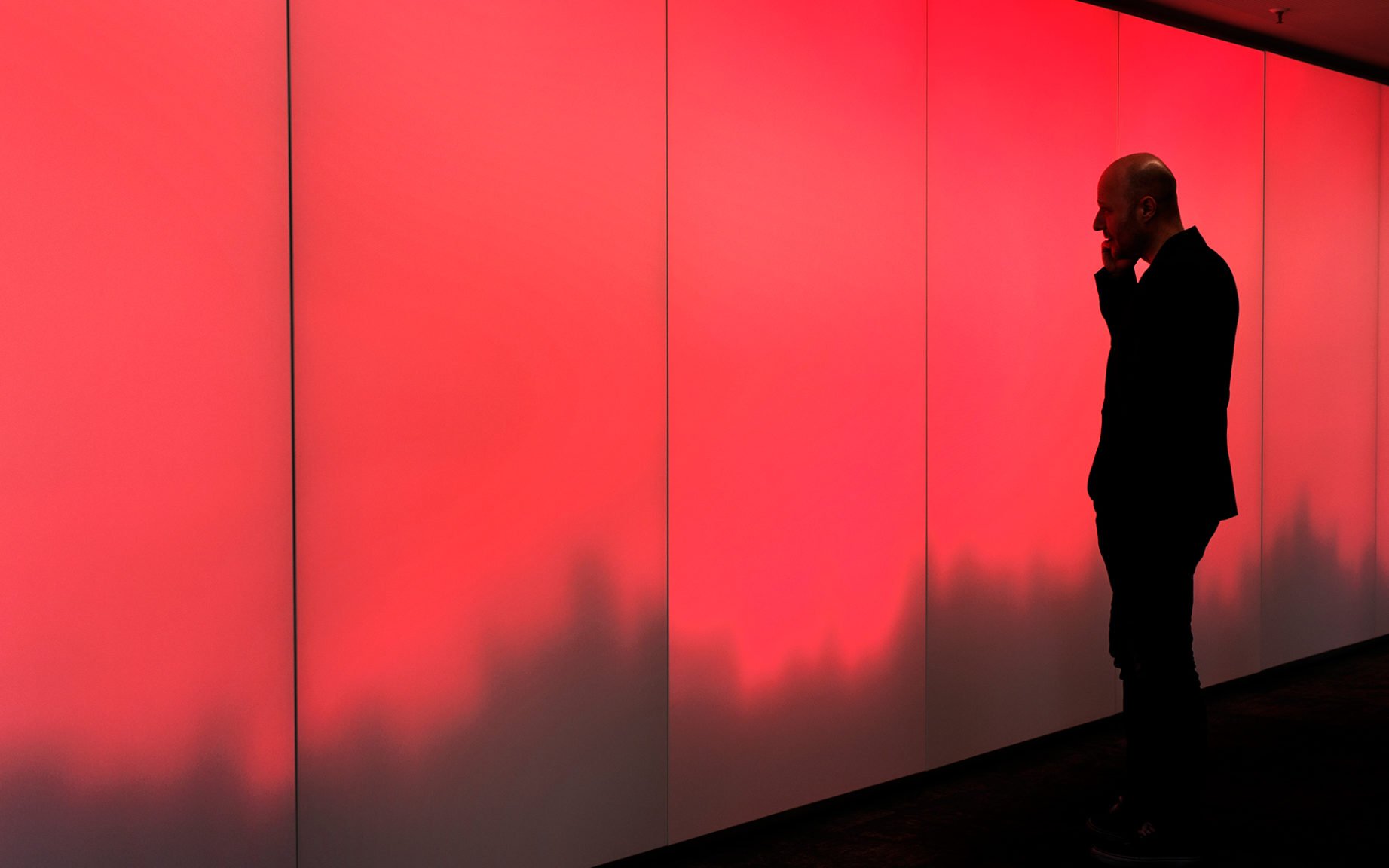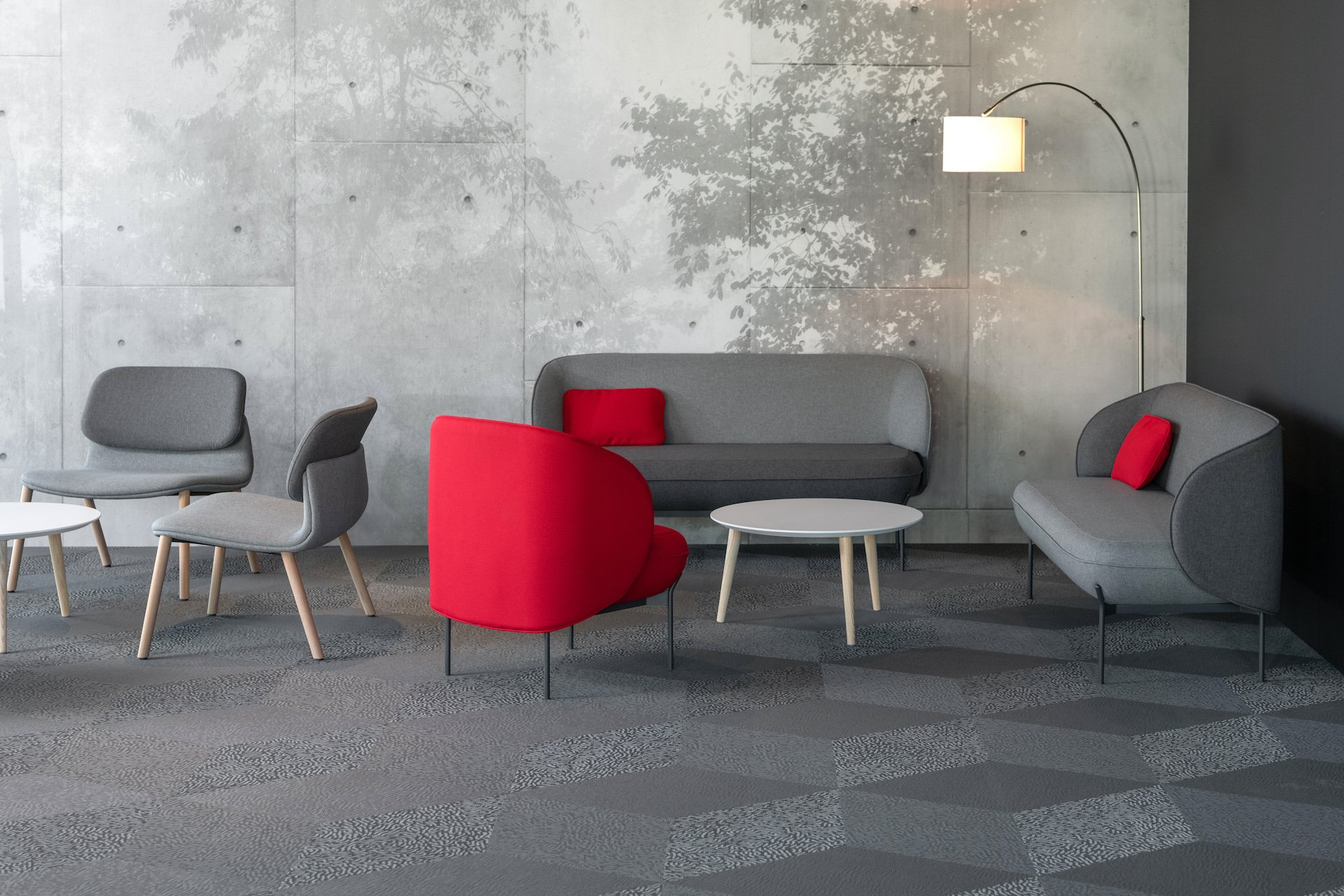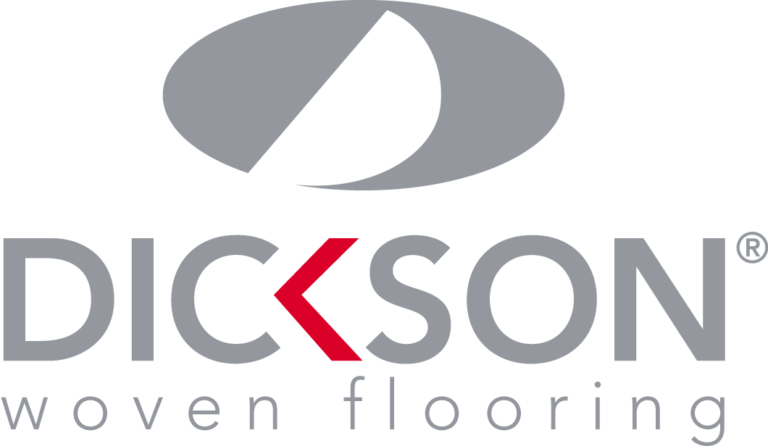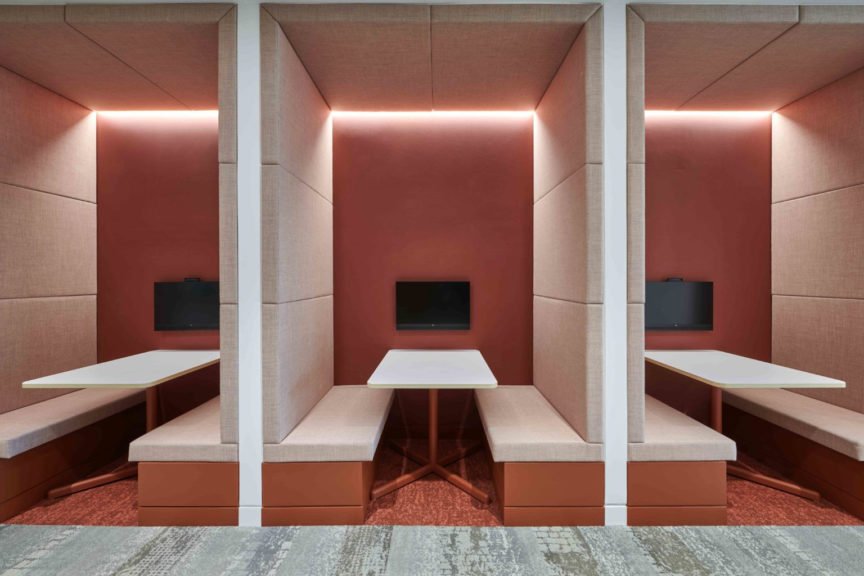Following on from part one of our acoustics series, we can now say, with a reasonably high degree of confidence, that we all understand the why behind acoustic design. The science is clear – we are biologically tuned to respond to noise and unwanted sounds in the form of stress. Creating a comfortable acoustic environment is critical to the health and mental well-being of the inhabitants of the space.
According to Jesper Nielson, Design Director Kvadrat Acoustics, hearing is a crucial tool for navigating our society and environment. “Sounds and hearing enable language, language enables our social and intellectual development, and is more than any other sense, guiding trust, fear, love, success and personal satisfaction. In the tone of someone’s voice we immediately read their mood and intentions and feel and act accordingly. Sound is also a spatial tool. The sound within a moving train tells you not only the shape of the space that you are in, but also the speed, the nature of the surroundings, even the weather. The forest and the fields, the railway station, the pool, even the suburbs have, for the attentive listener, their particular sound. In our buildings, whether they are for work, living, music, learning or healing, the shape of spaces and the nature of materials affect how we perceive sound. Surfaces reflect, diffuse, and absorb sound in very different ways. In the process, the sound can retain its clarity, sometimes even grow in beauty, like whiskey in an oak crate. But it can also change beyond recognition, and the most poetic speech or delicate music can become meaningless. Like the finest of wines, poured in a dirty glass.”
There are hundreds of products that claim to improve the acoustic quality of your workspace or home. They range from purely functional to architectural and aesthetic pieces that add to the design. Each one has its own selling point and limitations. It is important to know that you’re investing in the right products based on your needs.
Soft Cells panels by Kvadrat Acoustics are acoustic solutions that deliver up to Class A sound absorption. They can be mounted both on walls and ceilings, and are available in a wide choice of Kvadrat textiles. These panels and fully customisable and can be seamlessly integrated into any design scheme, as can be seen in the Amore Pacific offices in Korea and Under restaurant in Norway; Feature Image: Danfoss’s offices in Hamburg feature Soft Cells panels by Kvadrat Acoustics and Luminous Textile
Panels and Fabrics
Perhaps the easiest to install in a workspace, acoustic panels offer aesthetic value and flexibility to a project. They can be installed even after a project is complete (such as an existing office), and they come in so many shapes and sizes that you could be at a risk of facing decision paralysis! They are the starting point for a designer who is thinking about expanding the space and its functionality beyond furnishing.
The thought process is simple – walls are harder and more likely to reflect sound. Covering at least 30 percent of the walls is the general rule of thumb. Of course, there are considerations where you might want more or less, like if the majority of those walls were glass panels.
Another important note to consider is that panels help with absorption, not transmission. Sound absorption is not the same as soundproofing, which is typically used to keep sound from escaping a room. You will still hear cars honking, HVAC sounds, and/or nearby construction, but the chatter from co-workers or device notifications will be reduced. Acoustic panels differ from bass traps – the former deal more with the mid and high frequencies in a room. By placing softer, more absorptive materials on the walls, sounds can be reduced while the walls look stunning. Decorative tile designs can give your office walls warmth, texture, and introduce bold colours into your views.
Abi Eskdale, Marketing Manager at Woven Image tells us about the brand’s acoustic capabilities coupled with a sustainable ethos. “Our multi award-winning embossed panel collection comprises of Zen, Ion and Gem, which are tactile three-dimensional acoustic interior wall panels made using 60 percent recycled PET. The range is specially designed to provide acoustic comfort in commercial spaces, interweaving cutting-edge design with sustainability.”
Woven Image’s latest, embossed, acoustic panels – Gem, ION and Zen
So what is an acoustic panel made of? The answer – it depends.
A panel is essentially something we hang on a wall. What it’s made of depends on our choice of panel. Common ones are constructed with sound absorption material and wrapped with a pleasing fabric with good sound absorption properties, often called acoustic art. These can be flat and cut into different shapes. The more complex ones are acoustic foam cut into complex shapes – pyramid, grid, egg crate, wedges – depending on your need. There are sustainable options as well, such as cork panels, which offer a biophilic design element too.
Further to panels, good acoustic fabrics can be extended to the floor in the form of rugs too. At Sahco, the general function of rugs and fabrics is to offer comfort and tactility to an interior, be it at home or in a workplace. A rug or a textile generates warmth, softness, it improves acoustics, and gives a feeling of privacy and safety. Stimulating our sense of touch makes us feel more connected, trusting and generous – all important factors to make interiors a nurturing space.
Above: Sahco’s fabrics improve acoustics and bring warmth and comfort to a space
Dickson’s latest collection, Cosmos, is organic, astral and aquatic, much. like the texture of Cosmos. Scattered with lively shapes, the patterns move in one direction, then another, to create a gentle, slightly wavy rhythm. Developed for the most demanding public areas, such as hotels, offices, shops, restaurants, etc., Dickson® flooring is durable, comfortable, and easy to maintain, and designed for intensive footfall (class 33) with unique acoustic qualities (18 db).
Above: Dickson’s latest Cosmos collection in the La Capeb office (designed by Corinne Faivre, Photo credit: Sabine Serrad) is ideal for public spaces with high footfall, as it provides acoustic capabilities of 18 db; Below: Textile brand Luum offers a diverse range of collections that offer unique acoustical properties
Ceiling Tiles, Panels, Baffles, and soft fabrics
The fifth wall of a space is often conveniently forgotten when it comes to acoustics. Consider this… in most cases, the ceiling is closer to you than any of the walls in a space. It should therefore make logical sense to account for the ceiling area acoustics. Even if you’ve got high ceilings, things can actually get worse. They offer great aesthetic appeal, but are incredibly bad for acoustics.
Ceiling design is so underrated. There are a wide variety of products and options for acoustics in the ceiling area. You can really let your creativity run wild. The main products to consider are suspended baffles or panels, and ceiling tiles. There are certain architectural elements as well that can really add that luxurious design flair to the space.
Considering the ceiling area offers no interference to employee movement or interaction, there should be no reason not to treat it. The main benefits would be to manage ambient sounds like HVAC or wide room chatter. Noise control solutions for busy spaces can benefit tremendously from overhead acoustic control.
NGA’s latest baffles from 14six8 add a touch of cool to any interior
With such a demand for well being within interior spaces, NGA, primarily a lighting design and manufacturing brand, have also included acoustic qualities in their products. ‘At NGA we are always developing new products to ensure we are in line with current market trends, and from our recent research, we have noticed that clients are trying to incorporate lighting within their acoustics in order to solve both issues of light and noise disruption within the same space.” says Justine Welch, Sales Director GCC at Now Grey Area (NGA). “We are looking forward to releasing many products in the 3rd quarter of 2021, which will provide solutions that are not only practical but also aesthetically pleasing and within the budgetary constraints of the current market.”
Spradling’s environmentally friendly, coated fabrics provide many services, such as antibacterial qualities, stain resistance and acoustical capabilities
Sound curtains
A sound curtain is sound absorbing drapery tailored and fashioned into a curtain. It is made from highly sound absorptive fabric that performs significantly better than regular curtains. Most of these acoustical curtains are composed of a core material of fire-resistant wool fabric that is sandwiched between a decorative fabric and a blackout liner. They also reflect heat, and are great for maintaining the temperature of the room. In many cases, they’ve been used as dividers between rooms. They have excellent sound absorption qualities well suited to classrooms and theaters.
The only limitation keeping them from being used more often is because of its very design. Drapes are not common in workspaces, and might prove too heavy for certain residential areas as well. One has to tread carefully and practice restraint when specifying these products in a design.
Above: Gerriet’s OFFICE sound curtains combine effectiveness and flexibility to optimise acoustic performance, offering noise reduction up to 26db; Below: Impact Acoustic specialise in turning single-use materials into high-quality finished products for acoustic comfort, offering a wide and customisable array of products, and bespoke solutions. Their network of creative application engineers, product designers and architects translate your ideas into a tangible product.
Plants and Green Walls
Even though we have written about the benefits of green walls in an interior several times before, it can never be stressed enough. There is so much value in adding green walls to a space. In terms of acoustics, green walls do a great job of blocking high frequencies. They’re ideal for spaces like cafes, receptions, and lobby areas. They aid in maintaining noise levels by reflecting, refracting, and absorbing acoustic energy. In many cases, they absorb and disperse sounds from vibrations, effectively controlling sound transmission as well. Add to that, the fact that green walls are great for our well-being too, gives us an all-rounder product that’s totally worth the investment.
Above: StyleGREEN’s Plant Island Frame is made on a background of eucalyptus, ferns and other types of naturally preserved plants that create an optical highlight for the space. It has a unique plant and moss composition, and can be combined with the Jungle variants styleGREEN products on long corridors. Here, they are seen in the newly completed interior of Heriot-Watt University in Dubai


















